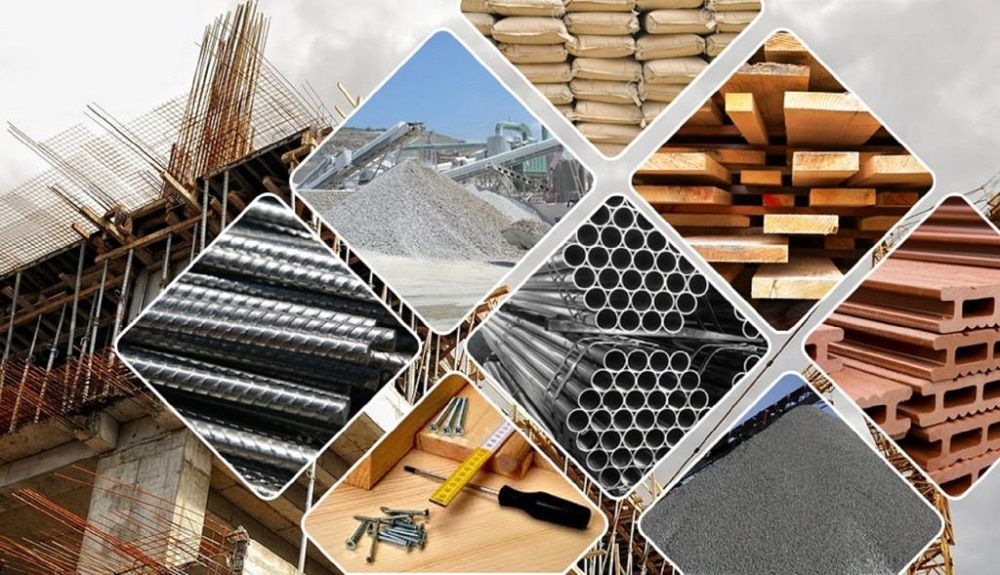When it comes to safeguarding your home or commercial building, exterior cladding plays a pivotal role. Not only does it enhance aesthetic appeal, but it also provides essential protection against the elements. However, a common question arises among property owners: How long does exterior cladding last? The answer is multifaceted, depending on various factors such as the type of cladding material, installation quality, maintenance practices, and environmental conditions. In this article, we will delve into these aspects to provide a comprehensive understanding of exterior cladding longevity.
Understanding Exterior Cladding Materials
Exterior cladding comes in a variety of materials, each with its own lifespan and maintenance requirements. Here are some of the most common types:
- Vinyl Siding: Known for its affordability and low maintenance, vinyl siding can last between 20 to 40 years. However, its longevity can be compromised by extreme weather conditions, such as hail or high winds, which may cause cracking or warping.
- Wood Siding: While wood offers a classic aesthetic, its lifespan typically ranges from 20 to 30 years. Factors such as moisture, pests, and lack of proper sealing can significantly reduce its durability. Regular maintenance, including painting or staining, is crucial to prolonging its life.
- Fiber Cement: This material has gained popularity due to its durability and resistance to fire, pests, and rot. Fiber cement cladding can last upwards of 50 years with minimal maintenance, making it an excellent long-term investment.
- Brick and Stone: These materials are renowned for their longevity, often exceeding 100 years. However, the mortar joints may require periodic maintenance to prevent water infiltration and structural issues.
- Metal Cladding: Aluminum and steel cladding can last 40 to 70 years, depending on the quality of the material and protective coatings. Regular inspections are necessary to prevent rust and corrosion, especially in coastal areas.
Factors Influencing Cladding Longevity
While the type of material is a significant determinant of cladding lifespan, several other factors can influence how long your exterior cladding will last:
- Installation Quality: Proper installation is critical to the longevity of any cladding material. Poor installation can lead to water infiltration, structural damage, and premature deterioration. Hiring experienced professionals for installation is essential to ensure that the cladding is fitted correctly and meets local building codes.
- Climate and Environmental Conditions: The local climate plays a crucial role in the lifespan of exterior cladding. Areas with extreme temperatures, high humidity, or frequent storms can accelerate wear and tear. For instance, homes in coastal regions may experience corrosion due to saltwater exposure, while properties in arid climates may suffer from cracking due to dryness.
- Maintenance Practices: Regular maintenance is vital for extending the life of exterior cladding. This includes cleaning, inspecting for damage, and making necessary repairs. For wood siding, periodic painting or staining is essential to protect against moisture and pests. For metal cladding, ensuring that protective coatings are intact can prevent rust and corrosion.
- Building Orientation and Design: The orientation of your building can also affect cladding longevity. Structures that face direct sunlight may experience fading and thermal expansion, while those in shaded areas may retain moisture, leading to mold and rot. Additionally, the design of the building, including overhangs and drainage systems, can influence how well the cladding performs over time.
Signs Your Cladding Needs Attention
To ensure the longevity of your exterior cladding, it’s essential to be vigilant about potential issues. Here are some signs that your cladding may need repair or replacement:
- Cracks or Warping: Visible cracks or warping in the material can indicate structural issues or damage from environmental factors.
- Peeling Paint or Stains: For painted surfaces, peeling paint or stains can signal moisture intrusion or inadequate sealing.
- Mold or Mildew Growth: The presence of mold or mildew can indicate trapped moisture, which can lead to further deterioration.
- Pest Infestation: Signs of pests, such as woodpecker holes or droppings, can indicate damage to wood siding and necessitate immediate attention.
Conclusion: Investing in Longevity
Understanding how long exterior cladding lasts is crucial for property owners looking to make informed decisions about their building's exterior. By selecting the right material, ensuring quality installation, and committing to regular maintenance, you can significantly extend the lifespan of your cladding. Ultimately, investing in durable cladding not only enhances the aesthetic appeal of your property but also provides long-term protection against the elements, ensuring that your investment stands the test of time.


